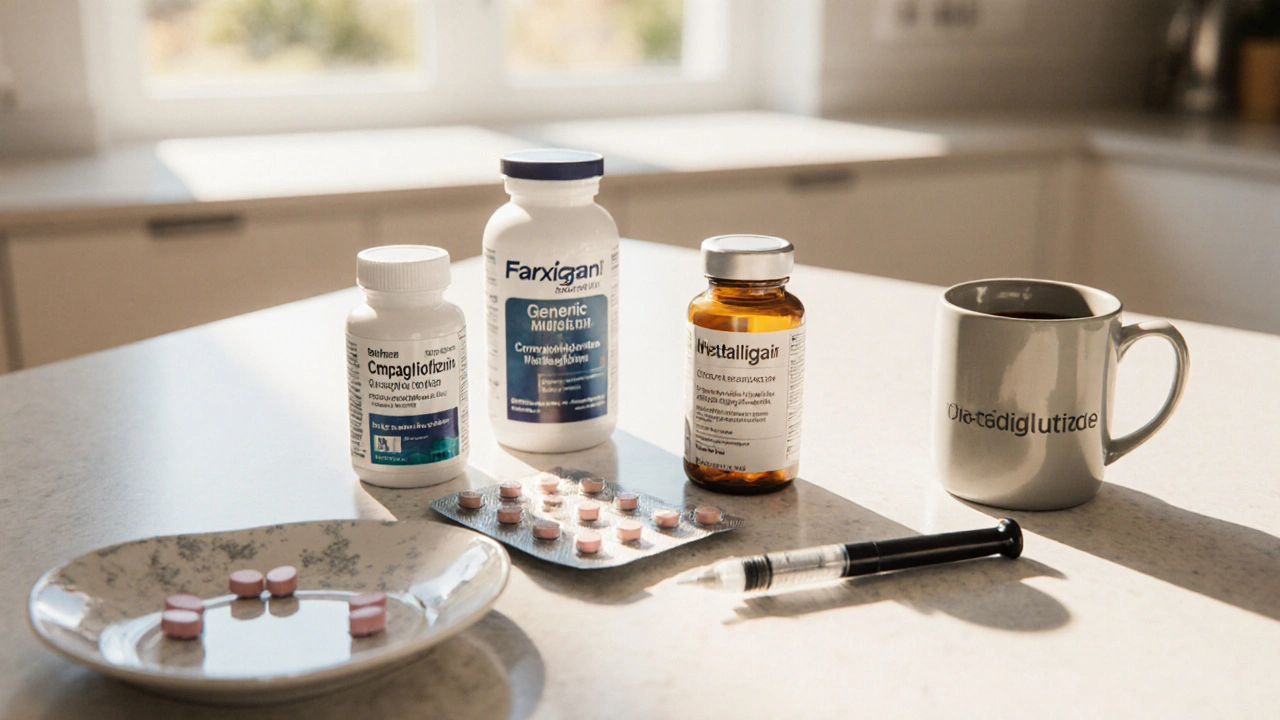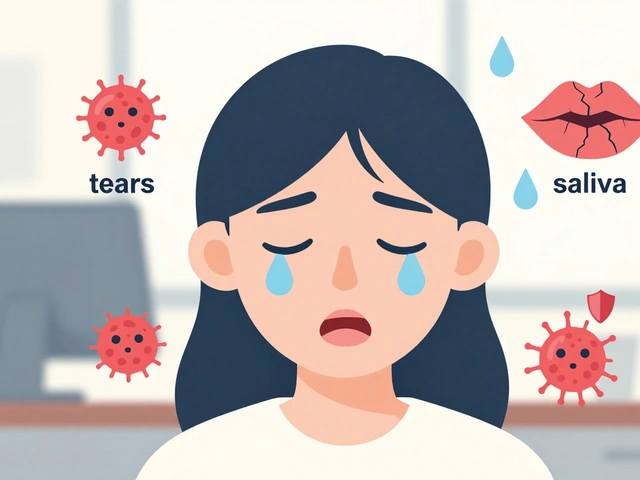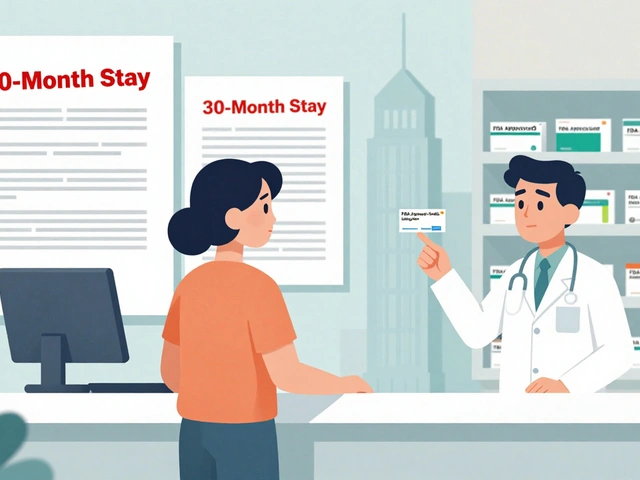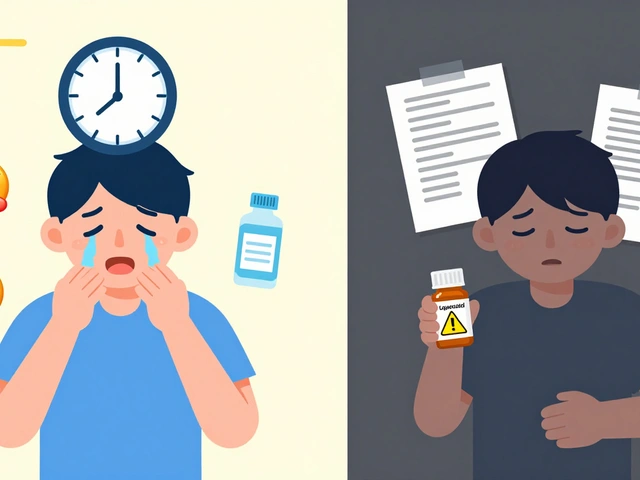Empagliflozin – Benefits, Uses, and What You Need to Know
When working with Empagliflozin, an oral SGLT2 inhibitor that lowers blood glucose by promoting urinary glucose excretion. Also known as Jardiance, it is prescribed for adults with chronic metabolic and cardiovascular conditions. Empagliflozin belongs to the larger class of SGLT2 inhibitors, drugs that block the sodium‑glucose co‑transporter‑2 in the kidneys, reducing reabsorption of glucose and thereby helping the body get rid of excess sugar. This mechanism not only improves glycemic control but also triggers modest weight loss and blood pressure reduction, which are valuable side benefits for many patients.
One of the biggest reasons clinicians reach for Empagliflozin is its impact on Type 2 Diabetes, a chronic condition characterized by insulin resistance and elevated blood sugar levels. Large trials have shown that adding Empagliflozin to standard therapy cuts HbA1c by about 0.6‑0.8% on average, and the glucose‑lowering effect persists over years. More importantly, the drug earned a reputation for cardiovascular protection: patients with established heart disease saw a 14% reduction in cardiovascular death. That benefit extends to those with Heart Failure, a syndrome where the heart cannot pump enough blood to meet the body's needs. Empagliflozin reduces hospitalizations for heart failure by roughly 35%, making it a go‑to option for diabetics who also struggle with cardiac issues. The kidney‑friendly profile is another plus; in people with Chronic Kidney Disease, the drug slows the decline of eGFR and cuts the risk of end‑stage renal disease. In short, Empagliflozin Empagliflozin links blood sugar control, heart health, and kidney preservation in a single pill.
Practical Tips and What to Watch For
Before starting Empagliflozin, doctors usually check kidney function because the drug’s effectiveness depends on glomerular filtration. If eGFR falls below 30 mL/min/1.73 m², the medication may be less effective and is often avoided. Common side effects include mild urinary tract infections and genital yeast infections—these arise from the extra glucose in the urine. Staying hydrated, practicing good hygiene, and reporting any unusual symptoms early can keep these issues manageable. Patients should also be aware of the rare but serious risk of ketoacidosis, especially if they are on a low‑carb diet or have a history of alcohol misuse. Monitoring ketone levels during illness or fasting periods helps catch problems before they escalate.
The collection of articles below dives deeper into each of these angles. You’ll find buying guides for affordable generic versions, safety checklists, comparisons with other diabetes drugs, and practical advice on navigating online pharmacies. Whether you’re a patient looking for dosing tips, a caregiver hunting for reliable sources, or a health‑professional seeking the latest trial data, the posts curated here cover the full spectrum of Empagliflozin‑related information.
Empagliflozin vs Alternatives: In‑Depth Comparison
A detailed side‑by‑side look at Empagliflozin versus other diabetes drugs, covering benefits, risks, dosing and how to pick the best option for heart, kidney and weight goals.











